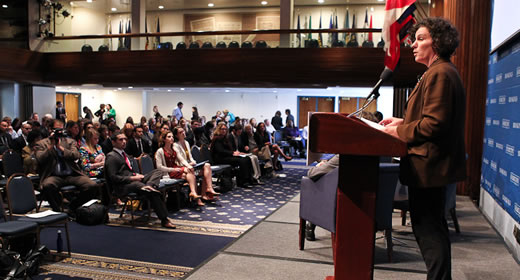
"Remember the Problems with Mortgage Defaults? They're Coming Back with Student Loans," writes Professor Susan Dynarski in The Upshot, The New York Times' curated blog on politics, policy, and economics. "The parallels with the mortgage crisis are striking," writes Dynarski, who goes on to describe the delays distressed borrowers encounter, and the policies and practices that create and exacerbate them.
While federal regulators have urged student loan servicers to restructure repayment plans for distressed borrowers, loan servicers have been slow to act. "It is risky to rely on lenders to carry out a task that would clearly benefit borrowers," writes Dynarski, because "student loan servicers have little incentive to prevent borrowers from defaulting."
Dynarski goes on to describe the "classic 'principal-agent' problem" contributing to delays. The principal is the federal government, which wants to avoid loan defaults. The agents are the loan servicers, who "face few costs if a borrower defaults." Solving the problem would require careful contracting, says Dynarski, or shifting responsibility for loan collection and servicing back to the government.
"As with mortgages, credit cards, and auto loans, student loans keep our economy ticking. They make it possible for millions of students to invest in education," writes Dynarski. "But when they don't work well, they create major problems for borrowers and for the economy at large."
Susan Dynarski is a professor of public policy at the Gerald R. Ford School of Public Policy, and a professor of education at the University of Michigan's School of Education. She is co-founder of the Education Policy Initiative, which engages in applied, policy-relevant education research designed to improve overall educational achievement and outcomes.